
Icelandic director Baltasar Kormakur knew it would be a challenge to find an authentic 1960s Japanese restaurant in London in which to shoot key scenes for his drama Touch for Focus Features.
After all, there were just three of them at the time and none remain.
However, the production did find a Japanese couple in England who ran a Japanese restaurant at the time. “We just sucked every bit of information out of them that we could,” says Kormakur, who then recreated the restaurant at GN Studio, at his RVK Studios complex in the Icelandic capital of Reykjavik.
Based on the Icelandic novel by Olafur Johann Olafsson, Touch is set in three different time periods and countries. It follows an Icelandic widower Kristofer (played by Egill Olafsson) who, upon receiving a dementia diagnosis in the early days of the Covid-19 pandemic, decides to close up his restaurant and travel to London to try and find the Japanese woman he loved and lost there, 50 years prior. The young Kristofer, played by Palmi Kormakur, the director’s son, first meets Miko (Koki Kimura) in 1960s London, while working at her father’s Japanese restaurant.
Produced by Kormakur’s RVK Studios with Mike Goodridge’s UK outfit Good Chaos for Focus Features, Touch filmed in London, Reykjavik and Japan in the fourth quarter of 2022. The shoot started with nine days in London. “The main challenge was to keep drunk people out of the shot,” smiles the director.
Kormakur then flew to Japan with his Icelandic crew and spent 14 days filming across Japan; five in Tokyo, seven in Hiroshima, and one each in Takehara and Kure, smaller cities near Hiroshima.
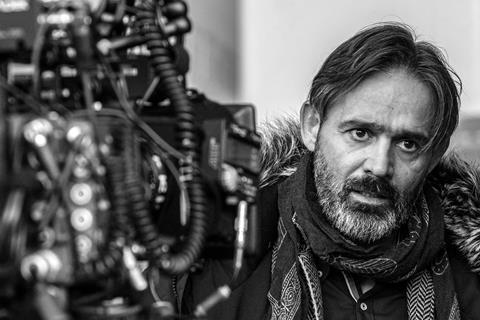
Despite working alongside Japan-based Twenty First City’s crews, Kormakur says shooting in Japan “was a very different experience. If I’m being totally honest, Tokyo was a bit of a nightmare.”
Though not interested in shooting in notoriously difficult areas like Shibuya, he still faced the same complications of many incoming international productions. Although he had done extensive location scouting, when it came to film, the team could not get permission for many of the places he had wanted. In addition, “You don’t go the regular route of talking to the city council and getting a permit, you have to also talk to 80 other people to get it.”
Filming in Japan requires a lot of groundwork, including liaising with local police departments, shop owners, and residents to get permission. This can often take months of preparation before shooting even begins. And once permission is granted, it’s important to maintain that relationship via a dedicated location manager. The Tokyo Film Commission recommends engaging a Japanese production partner to facilitate these conversations and relationships, which can allow for a smoother production for instances where fluctuating schedules require new permissions or other changes are required.
In the end, Kormakur was able to capture the on-location Tokyo shots he wanted. “The crews were great, there was no lack of that,” Kormakur enthuses. “But there is a very different mentality in how we approach our work, and we [all] have to adjust.”
In particular was his desire to have as few crew as possible, while the Japanese production crew wanted him to employ more.
Still, Kormakur saw elements of change taking place. “I was encouraging younger people in the crew to step forward. There is will [to evolve], and we’re seeing it more and more.”
Moving south, filming in Hiroshima “was absolutely the opposite” to Tokyo, says the filmmaker. The Hiroshima Film Commission acted as location scout, working with Kormakur to find specific areas that lined up with his vision – something that was not always easy. Being shown a chain supermarket, for example, when a greengrocer was what was sought after; small details lost in translation were solved when Kormakur and the Commission staff were finally together.

In person, they could see “the heart of the director’s vision,” says a Hiroshima Film Commission staff who worked on the production.
“They opened every door for us,” Kormakur says. “I’ve probably never been supported more anywhere than when I shot in Hiroshima.”
“When it comes to art and the work, there’s no one better [than Japanese crew],” he enthuses. “They’re incredible. And the Japanese embassy in Iceland was absolutely wonderful.”
The production then headed to Iceland for interiors, including the 1960s Japanese restaurant. Kormakur had a very specific idea of what it should look like. “I often see period [films] where everything seems to come from just that era of time. Instead, in1969, people would have a sofa from their grandmother and something their parents, and then maybe something brand new.”
This story was written in conjunction with our sister site KFTV





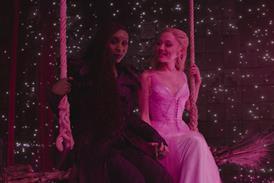
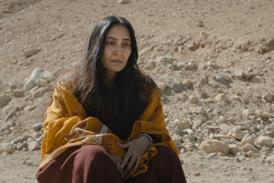
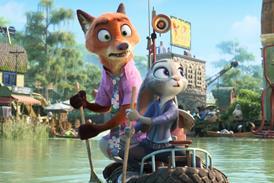
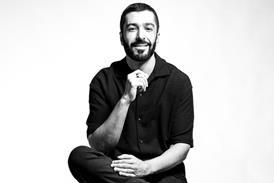
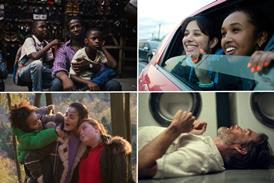



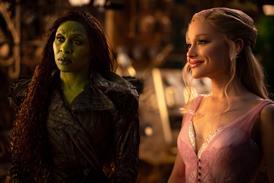

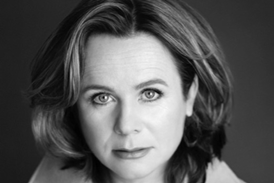







No comments yet